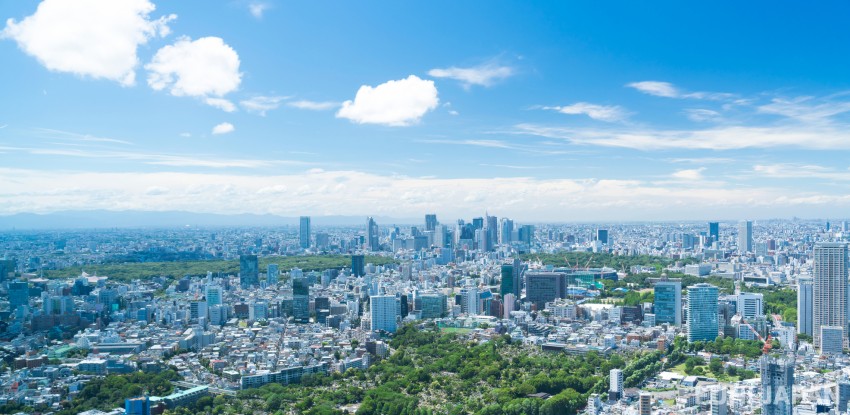
Among the 47 prefectures in Japan, the Kanto area is popular among tourists visiting Japan. From Tokyo, the capital of Japan, Kanagawa, which is popular for sightseeing in Yokohama, Saitama and Chiba, which have seen population growth in recent years as commuter towns for commuting to Tokyo, to Gunma, Tochigi, and Ibaraki in the northern Kanto region - each prefecture is unique.
This time, we will introduce the characteristics of the Kanto region, the differences between the people of the prefecture, and the rivalry that exists because they are adjacent! Knowing this will make your trip to Kanto more interesting!
First, let's review the location and traffic conditions of each prefecture in the Kanto area
In Japan, we often use "west" (西) and "east" (東) to describe areas, similarly to how Japan's leading railway companies have different names depending on their jurisdiction, such as JR West and JR East. Here, we will look at the differences in various words related to the Kanto region, the characteristics of each prefecture in the Kanto region, and travel times.
What is Kanto area? Check terms such as "Kanto", "Kanto-Koshinetsu", and "Metropolitan area"!
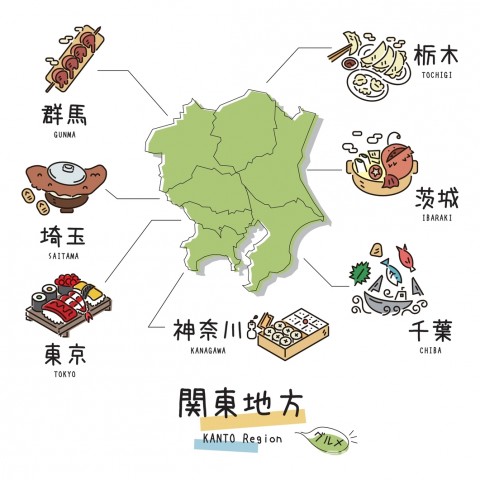
Although there is no clear definition, the "Kanto area (Kanto region)" refers to the one metropolis and six prefectures: Tokyo, Chiba, Saitama, Kanagawa, Gunma, Tochigi, and Ibaraki. Most of the cities in these seven prefectures are located in the Kanto Plain, which boasts the largest area in Japan with an area of approximately 17,000 km2.
"Kanto-Koshinetsu" refers to the area that integrates the Kanto region and the Koshinetsu region, which consists of Yamanashi, Nagano, and Niigata, and is often used in weather forecasts due to geographical proximity rather than cultural ties. The term "metropolitan area", which is often used by news programs and administrative agencies, refers to one metropolis and the seven prefectures in the metropolitan area defined by the "Metropolitan Area Development Law", and is a regional division that includes Yamanashi Prefecture in addition to the prefectures of the Kanto area.
In addition, the Tokyo metropolitan area refers to one metropolis and the three prefectures; Tokyo, Saitama, Chiba, and Kanagawa. For the three northern prefectures of Ibaraki, Tochigi, and Gunma (in some cases, four prefectures including Saitama), terms such as “Northern Kanto” are also often used.
What does "Kanto" in the Kanto area mean? Where did the name come from?
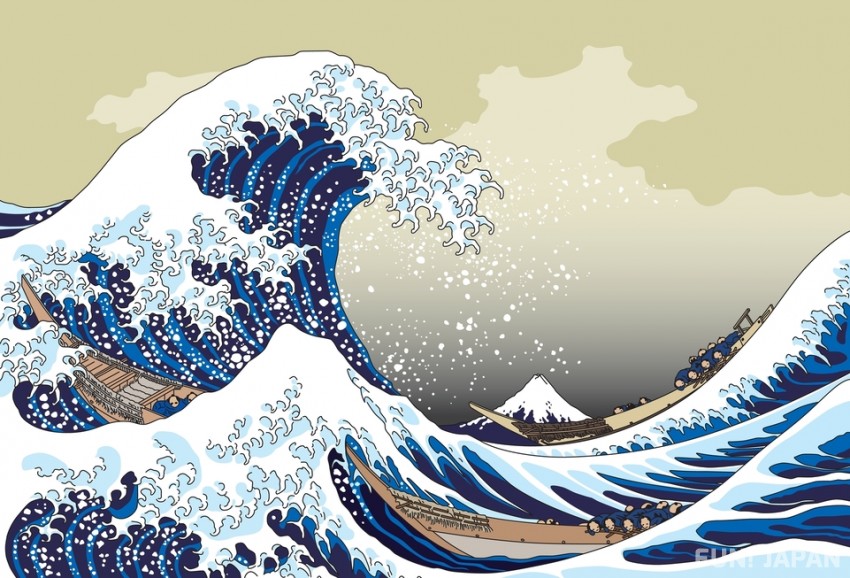
Why did one metropolis and the six prefectures centering on Tokyo come to be called Kanto? There are various theories, but it is said that the former emperor set up checkpoints on the Tosando, Tokaido, and Hokurikudo (intercity highways from Kyoto/Nara in ancient time) in 673. At that time, the whole area located to the east of these three checkpoints was called "Kanto", and it seems that the escription of the area has been clarified over time. The current "Kanto" area is said to have been established in the Meiji era.
It takes about 1 hour to 1 hour and 30 minutes to travel within Tokyo metropolitan area! The Kanto area is easy to make a day trip to
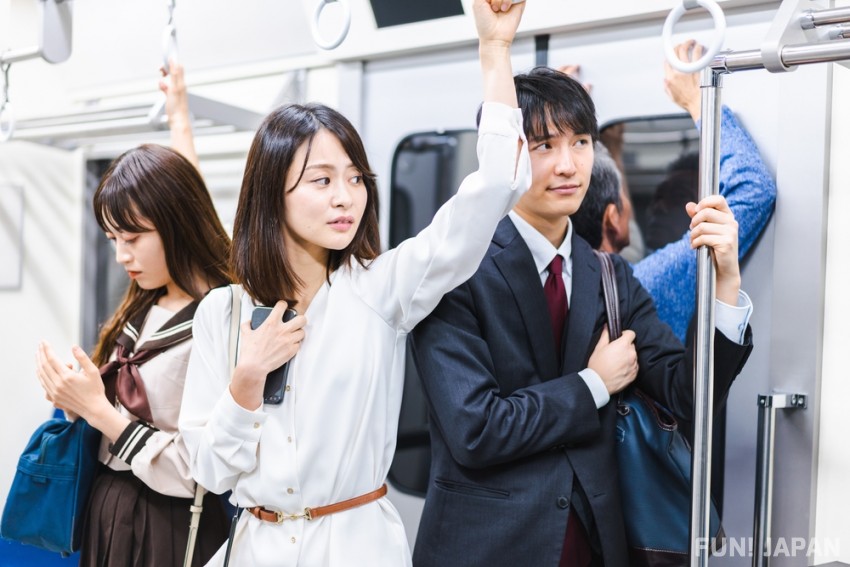
The Kanto region has a well-developed railway network, including JR, Tokyo Metro, and Toei Electric Railway. Surprisingly, if the destination is within Tokyo metropolitan area, you can move in a short time within an hour!
For example, from Ikebukuro Station in Tokyo to Omiya in Saitama Prefecture, it takes about 30 minutes on the JR Saikyo Line or Shonan Shinjuku Line! It's about the same as taking the Ueno Tokyo Line (Utsunomiya Line/Takasaki Line) from Tokyo Station.
The JR Sobu Line limited express takes 26 minutes at the fastest from Tokyo Station to Chiba Station. Maihama, where Tokyo Disneyland® is located, is also about 20 minutes away on the Keiyo Line.
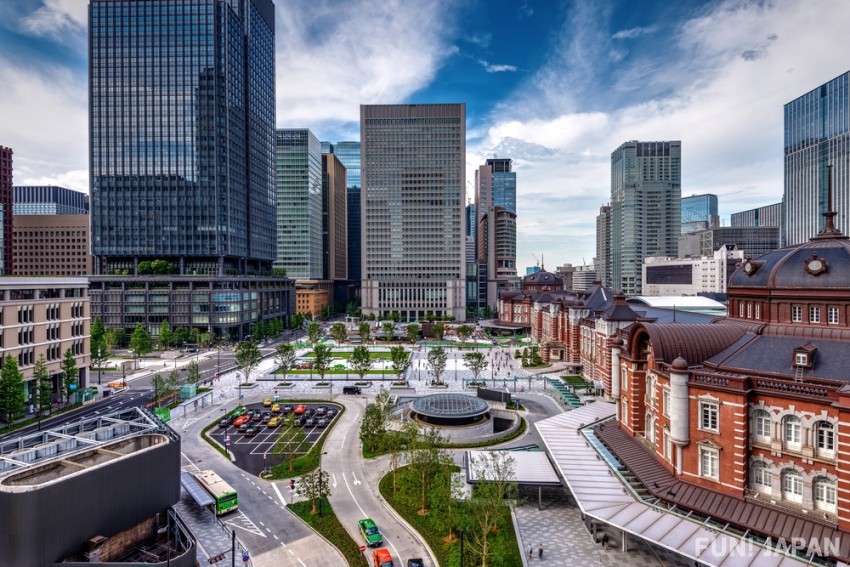
To get to Kanagawa, you can take the JR Tokaido Line, Yokosuka Line, Keihin-Tohoku Line, and Shonan-Shinjuku Line from Tokyo Station and Shinagawa Station. In addition, the Keihin Kyuko Line runs from Shinagawa Station, and the Tokyu Toyoko Line runs from Shibuya Station, both of which can reached Kanagawa in about 30 minutes.
In addition, in the Ibaraki direction, it takes about 45 minutes at the fastest between Akihabara Station and Tsukuba Station, and about 70 minutes from Tokyo Station to Mito Station. It takes about 50 minutes from Tokyo Station to Takasaki in Gunma Prefecture and Utsunomiya in Tochigi Prefecture by Shinkansen, and it is possible to travel to major cities in any prefecture within 1 hour to 1 hour and 30 minutes one way.
Very popular with tourists visiting Japan! What are the characteristics and tourist attractions of each prefecture in the Kanto area?
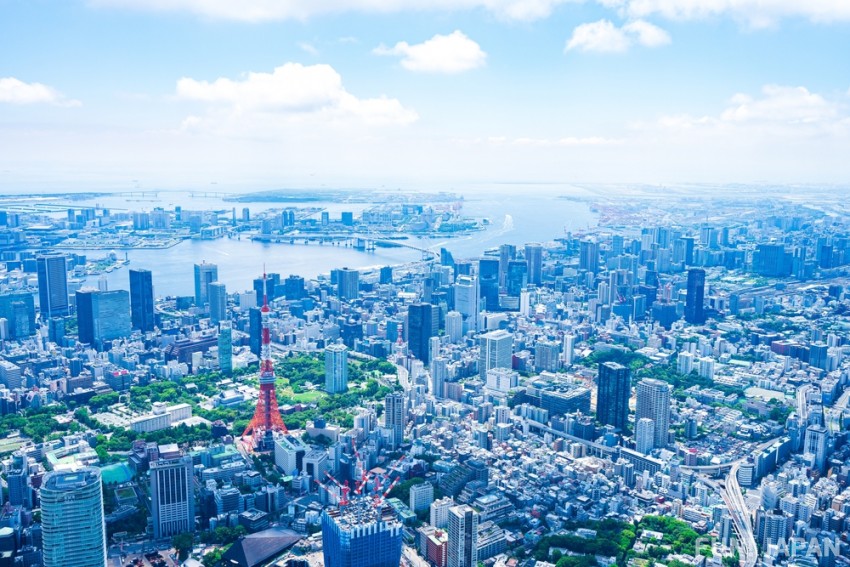
- Tokyo: Lots of famous spots such as Shibuya Scramble Crossing, Tokyo Sky Tree®, Tokyo Tower, Ueno Park, Sensoji Temple, and more!
- Kanagawa Prefecture: The charm of the sea and the mountains coexist, such as the Yokohama Minato Mirai area with the Yokohama Red Brick Warehouse and Chinatown, the coast of Shonan, and the hot springs of Hakone.
- Saitama Prefecture: 30 minutes from Tokyo at the shortest, excellent access! The scenery of Chichibu and the retro townscape of Kawagoe are also highlights.
- Chiba Prefecture: Famous for Tokyo Disney Resort 🄬 and Choshi Electric Railway. In addition to Narita International Airport, it is also attractive to be dotted with famous historical spots such as Katsuura and Naritasan Shinshoji Temple.

- Ibaraki Prefecture: Full of seasonal flower spots such as Hitachi Seaside Park and Kairakuen, which are famous for Nemophila! You can also experience cutting-edge technology at Tsukuba Science City.
- Tochigi Prefecture: Famous for Nikko and Nasu highland resorts and Kinugawa Onsen. If you want to eat, try Utsunomiya gyoza!
- Gunma Prefecture: Kusatsu Onsen, Shima Onsen, Ikaho Onsen, Minakami Onsen, and others - the hot spring kingdom in the Kanto region! There are also many natural spots such as Oze.
Northern Kanto (Ibaraki, Tochigi, Gunma) is an eternal rival with each other! Yankee culture & car society is unique
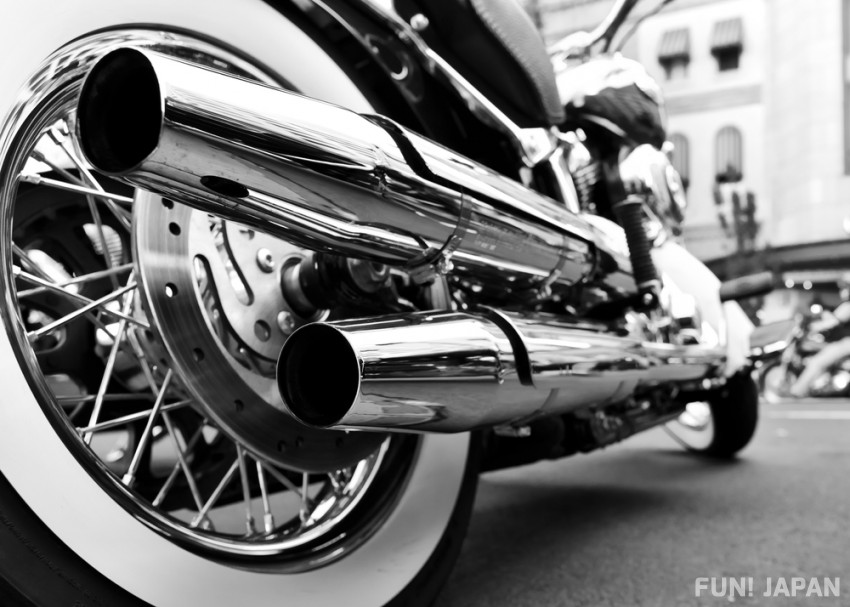
Northern Kanto (the three prefectures of Gunma, Tochigi, and Ibaraki; in some cases, Saitama Prefecture is also included) is often compared among itself in many aspects. Previously, in the attractiveness ranking of prefectures announced by a private research company, Ibaraki ranked 47th, Tochigi ranked 46th, and Gunma ranked 45th among the 47 prefectures, monopolizing the worst three of in the list. . . Here we will look at the northern Kanto region.
Yankee culture
Yankee (delinquent) culture has long been rooted in the northern Kanto region, and it is not uncommon to see many young people in jerseys hanging out at convenience stores late at night, and motorcycles and flashy modified cars parked around.
Car society
Many people have their own cars, and Shibukawa in Gunma Prefecture, which was the stage of the popular manga "Initial D", is a popular driveway for car lovers. Perhaps because they have a strong love for their hometown and often stop by the neighboring prefectures by car, they have a surprisingly harsh evaluation of neighboring prefectures.
Show off your competitive spirit! Fierce popularity competition among the three Northern Kanto prefectures
Gunma residents boast, “Gunma has a Haagen-Dazs factory, which is rare in the world. Sapporo Ichiban Miso Ramen is also made in Gunma, so if Gunma disappears, everyone will be in trouble”. Then Tochigi residents come back with "Well, Tochigi Prefecture has Nikko and Kinugawa Onsen,” with a triumphant face, and the Ibaraki residents say, “We have the ocean, which the other two prefectures don’t have, so neither Gunma nor Tochigi are in our sight. And it is pronounced 'Ibaraki', not 'Ibaragi'!" Northern Kanto is filled with love for hometown and is always burning with rivalry with other prefectures.
Introducing some tidbits of the Kanto prefectures!
Locals in the Kanto area are very unique!
"Tokyo is my hometown" is rather a rare case! Smart and friendly Tokyo residents

Tokyo is famous for its large number of people, such as Shibuya's Scramble Crossing and crowded trains on weekday mornings, but even though Tokyo has a large population, it is actually rare to find someone from Tokyo who was born and raised in Tokyo!
This is because the Kanto area has a well-developed public transportation system, and many people commute to work or school in Tokyo from the Kanto area. In addition, there are many cases where people from regional cities yearn for THE big city, Tokyo, and move to Tokyo for further education, employment, or workplace transfers.
In fact, there are cases where I asked my university classmates, "Are you from Tokyo?", and all of them were those who came to Tokyo from rural areas in other regions. Perhaps because they often come into contact with tourists and people from other regions, many of the native Tokyo people are smart and can easily get along with anyone.
Kanagawa citizens like new things & want to say "I'm from Yokohama"
"Hamakko", or those who are from Yokohama, have a long history of prospering as a trading hub with foreign countries, so they are sensitive to rare foods and trends from overseas!
Furthermore, when most Japanese people are asked where they are from, they usually answer with the name of the prefecture, but many Hamakko do not say "I'm from Kanagawa," but rather "I'm from Yokohama." It is proof that they are proud of the city of Yokohama.
Saitama citizens have too much envy for the "sea"
Saitama Prefecture is one of only 8 inland prefectures without a sea in Japan. Thus the citizens have a strong admiration for the sea, and Saitama Water Park, which closed in February 2022, was created with the idea of "a large leisure pool in Saitama Prefecture, which has no natural sea".
In addition, Shirakobato Water Park, which straddles Koshigaya City and Iwatsuki Ward of Saitama City, purposely brought white sand from Australia to create a white beach. This alone shows the passion Saitama people have for the sea.
Chiba Prefecture citizens are proud of Tokyo Disney Resort® and Narita Airport!
Chiba citizens are most proud of Tokyo Disney Resort®! Urayasu's coming-of-age ceremony is held at this resort every year. They are also proud of Narita Airport, which is known as the gateway to the world, and it is unique pride for Chiba Prefecture that "the gateway to Japan from overseas is not Tokyo's Haneda Airport (Tokyo International Airport), but intead Chiba's Narita Airport!"
Ibaraki citizens think the Ibaraki dialect is the standard language
The Ibaraki dialect is often used in Ibaraki prefecture. In other regions, different accents/intonations are used to distinguish between words with the same pronunciation but different meanings, such as "candy" and "rain" ('Ame'), "bridge" and "chopstick" ('Hashi'), but the Ibaraki dialect does not distinguish between them using accents/intonations.
Ibaraki citizens sometimes have a strong accent and are thought by others that the way they speak is difficult, but there are also many residents who think that they do not have unique accented and speak standard Japanese. . .
Tochigi residents eat not only Utsunomiya gyoza but also sharks
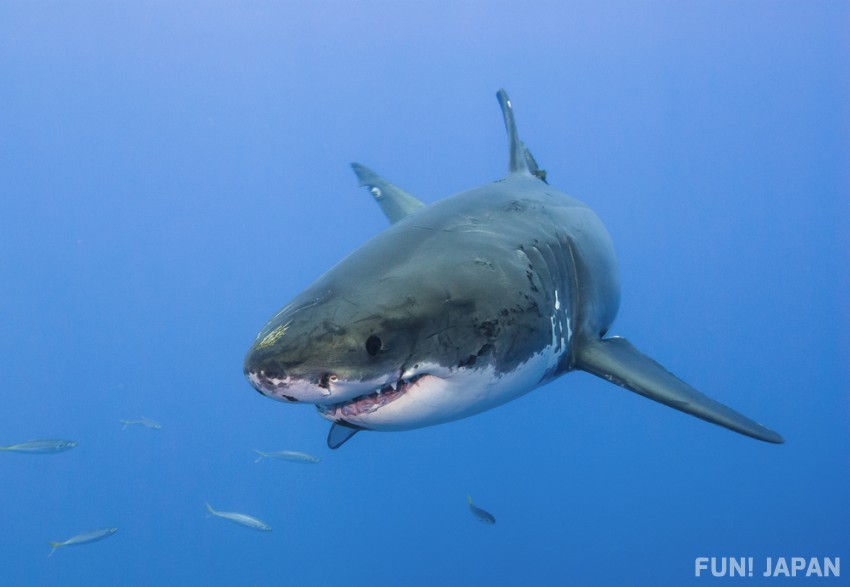
Tochigi Prefecture, one of the prefectures without the sea, has a long tradition of eating shark meat.
This is because shark meat decomposes slowly and was distributed to Tochigi Prefecture back when transportation was not advanced like modern time, which is an inland prefecture. “Saganbo” and “moro” both mean shark meat in the Tochigi dialect, and are eaten in some regions during the New Year.
A popular manga, the birthplace of a legendary band...In fact, Gunma citizens want to stand out
Although Gunma Prefecture is often thought of as a sober prefecture, it is actually the town that was the setting for the popular manga "Initial D". In the work, the main character has a speed race with his rivals on driving routes such as Mt. Haruna.
Also, Takasaki-born musicians include Kyosuke Himuro and Tomoyasu Hotei of the popular rock band BOØWY in the 80's, and there are even fans who make pilgrimages to sacred places of the band! Music insiders of the time described them as "an unruly bad band".
Gunma Prefecture has a lot of culture that was derived from the Yankee culture, such as cars and rock music, and there are many celebrities from the prefecture. The strength of the love for hometowns, the unwillingness to lose, and the spirit of wanting to stand out may be part of the character of the people of Gunma Prefecture.
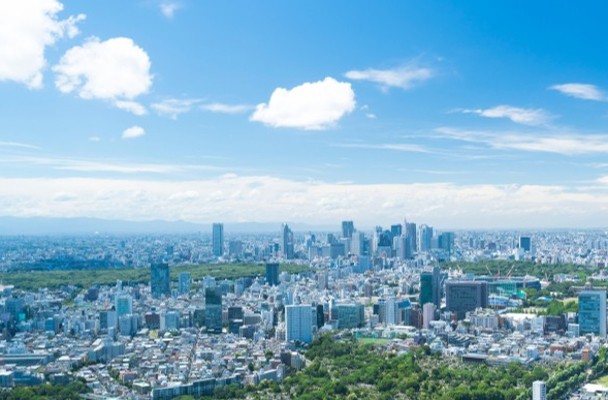
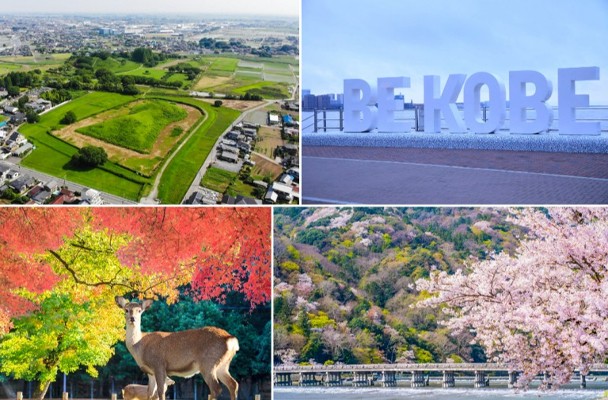


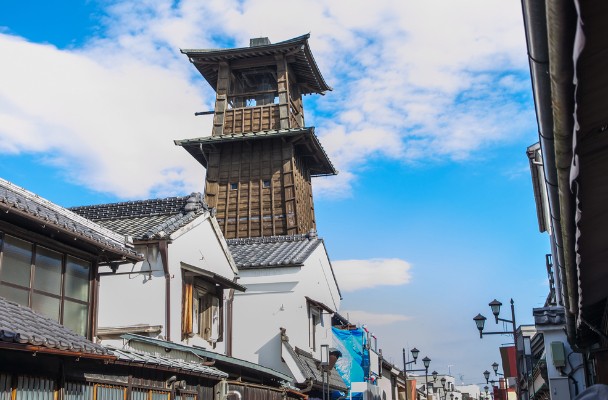

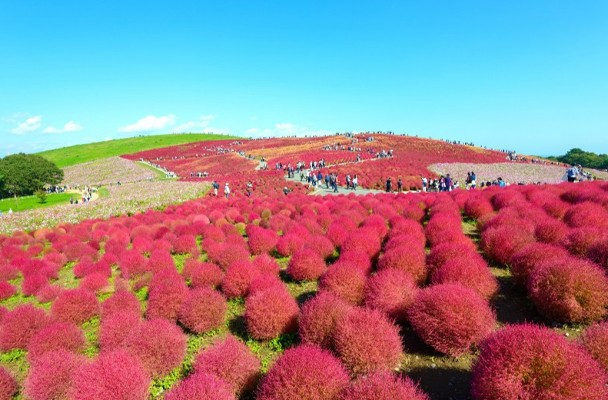
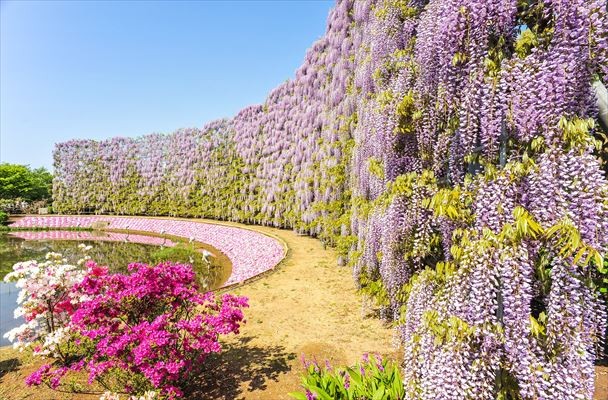

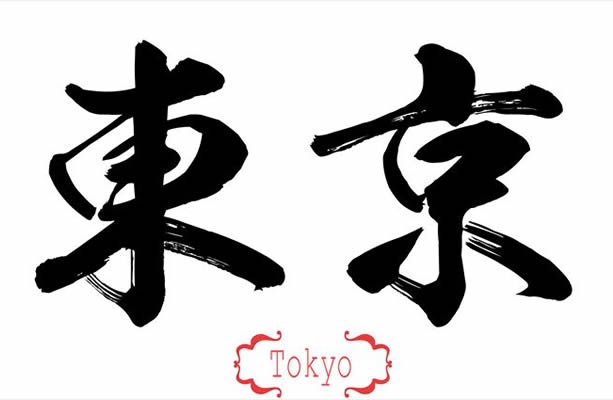
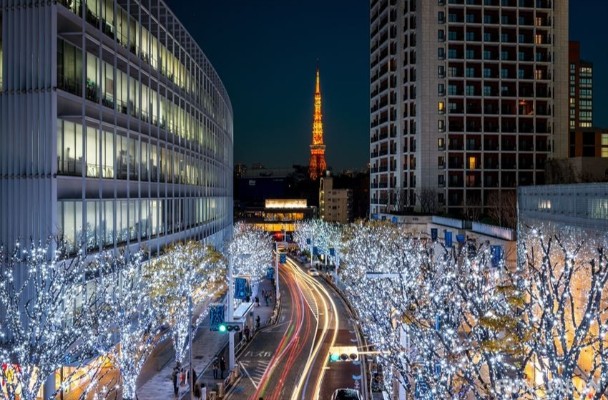
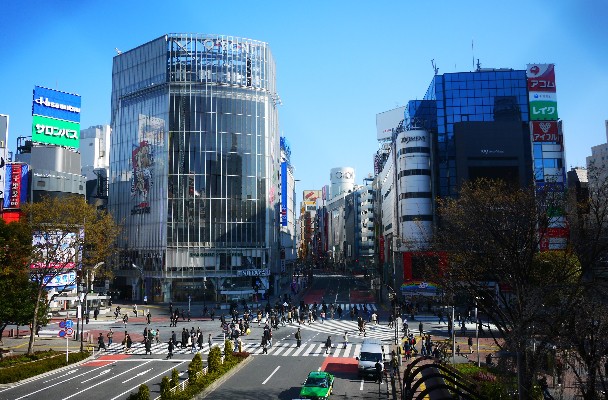
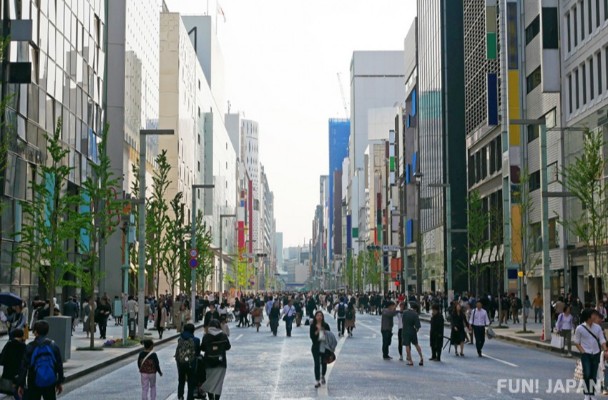
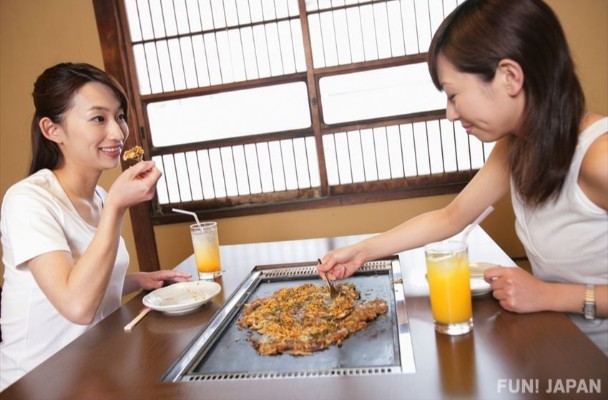

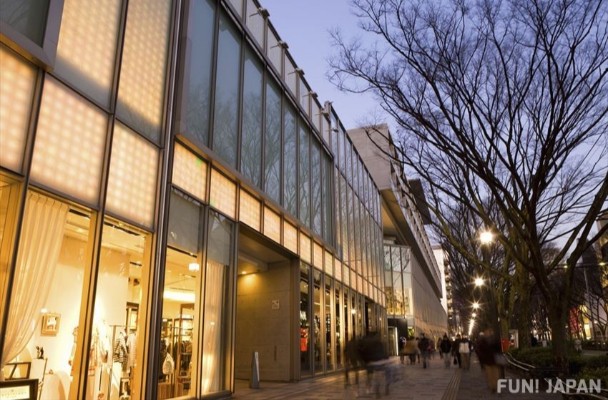
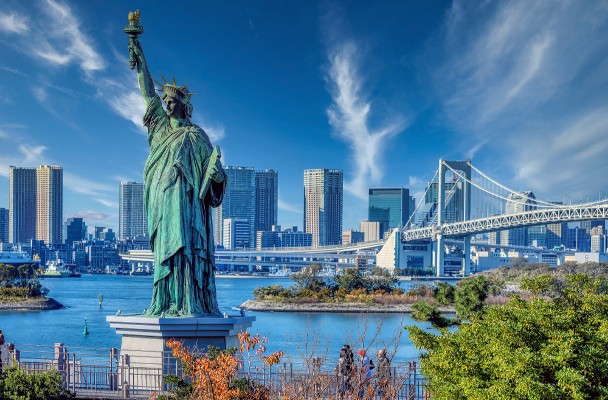
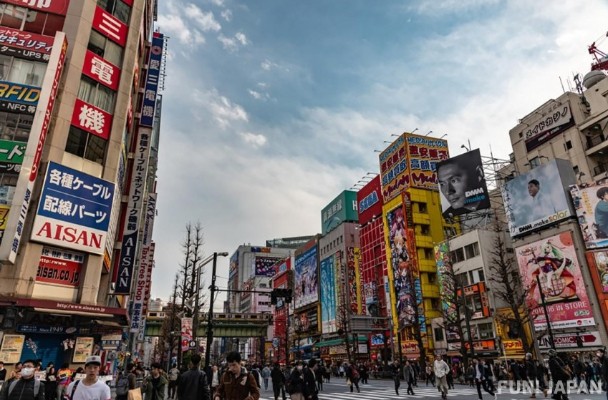
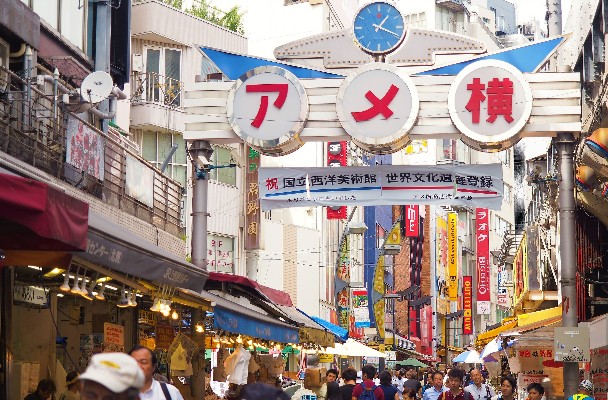
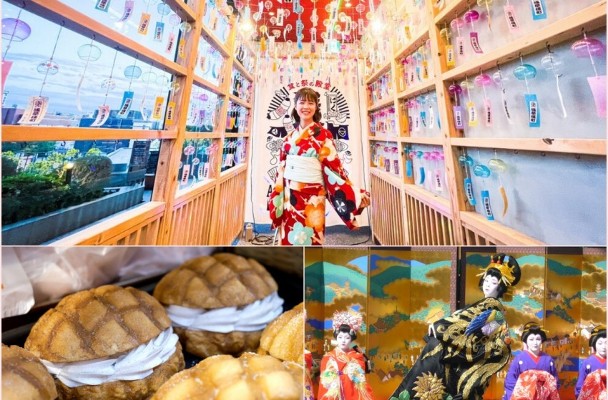
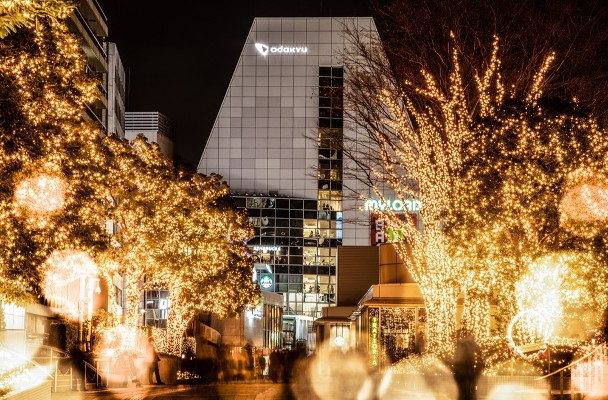
Comments